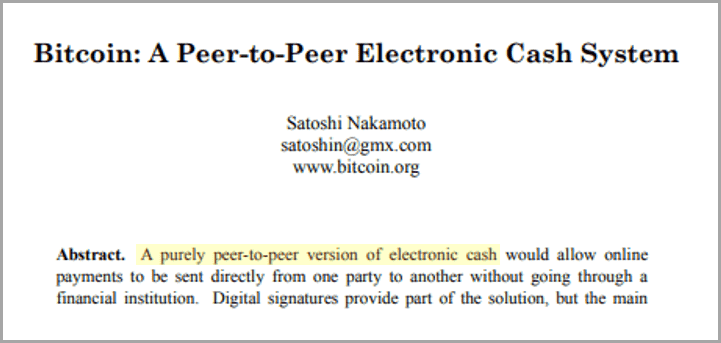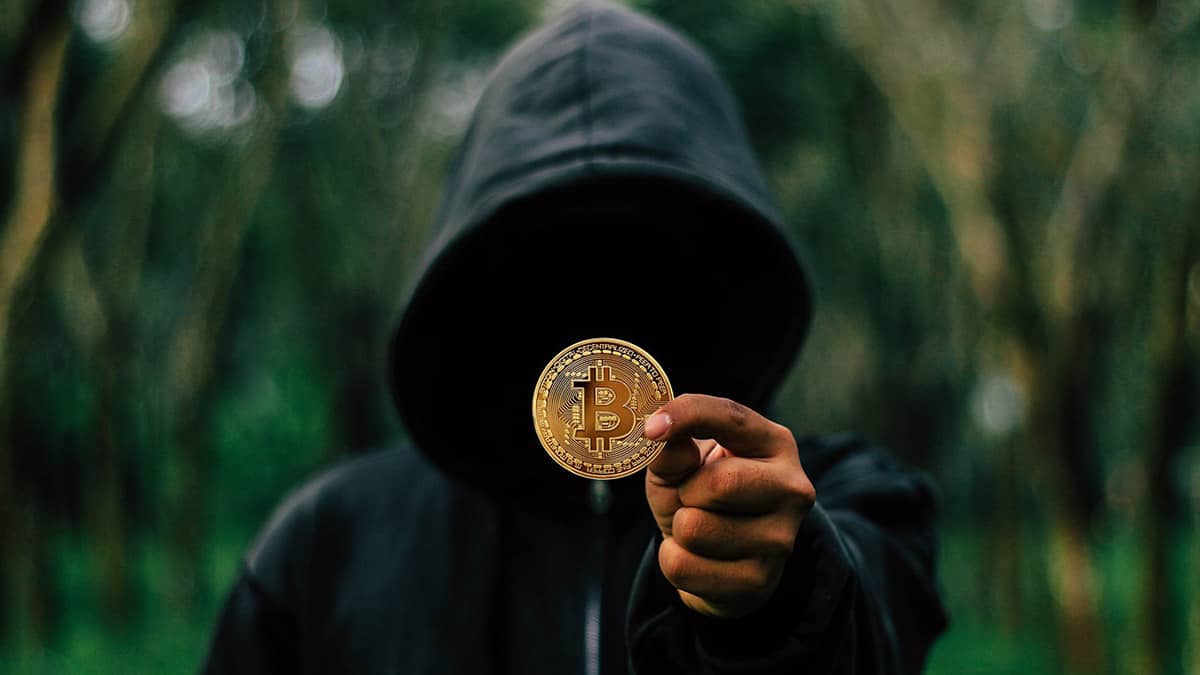
Satoshi Nakamoto
Satoshi Nakamoto: The Mysterious Creator of Bitcoin
Satoshi Nakamoto is the universally recognized pseudonym for the individual, or group of individuals, who developed the original Bitcoin protocol, authored its seminal whitepaper, and created the first Blockchain database. Despite Bitcoin's global impact and the multi-trillion dollar digital asset industry it spawned, the true identity behind the name Satoshi Nakamoto remains completely unknown and unverified, representing one of the most profound and enduring mysteries in modern technology and finance. This article explores Satoshi's known contributions, their calculated disappearance, and the indelible legacy they left behind.

The Genesis of Bitcoin (2008-2009)
Satoshi Nakamoto first emerged publicly in October 2008 when the Bitcoin whitepaper, titled "Bitcoin: A Peer-to-Peer Electronic Cash System," was published to a cryptography mailing list.
Read the full Bitcoin White Paper here

This groundbreaking paper outlined a novel solution to the long-standing problem of creating digital cash that could be transferred directly between parties without relying on a trusted financial intermediary like a bank. Key concepts introduced included:
- A Peer-to-Peer Network for direct value transfer between users.
- A public, distributed ledger called a Blockchain to record all transactions transparently and chronologically in "blocks."
- A Proof-of-Work (PoW) consensus mechanism, involving Mining, to secure the network, validate transactions, and prevent double-spending without a central authority.
- The use of Cryptography (specifically public-key cryptography and hashing) to ensure security and verify ownership.
On January 3, 2009, Nakamoto mined the first block of the Bitcoin blockchain, known as the Genesis Block (Block 0). Famously, this block contained embedded text in its coinbase transaction:
"The Times 03/Jan/2009 Chancellor on brink of second bailout for banks."
This message is widely interpreted as both a timestamp for the network's launch and a commentary on the perceived failures of the traditional financial system following the 2008 global crisis. The 50 BTC reward generated by mining this block, sent to the address 1A1zP1eP5QGefi2DMPTfTL5SLmv7DivfNa, is widely considered unspendable due to a technical particularity in how the Genesis Block was coded into the Bitcoin protocol.
The first version of the Bitcoin software was released shortly after, on January 9, 2009. The first recorded peer-to-peer Bitcoin transaction occurred on January 12, 2009, when Satoshi sent 10 BTC to Hal Finney, an accomplished cryptographer and one of Bitcoin's earliest adopters and contributors. (View: First Bitcoin Transaction).
Nakamoto's Active Period & Disappearance (2009-2011)
For roughly two years following Bitcoin's launch, Satoshi Nakamoto actively participated in the project's development. They communicated primarily through emails and posts on the BitcoinTalk forum, collaborating with other early developers, refining the code, and explaining the concepts. Satoshi meticulously managed the project's direction and source code during this critical early phase.
Beginning in mid-2010, Nakamoto started to reduce their public involvement. They handed over control of the Bitcoin source code repository and the network alert key to Gavin Andresen, a prominent early developer who became a key figure in Bitcoin's subsequent development. Satoshi's communications became less frequent.
Around April 2011, Satoshi sent their last widely known public communications. In one notable email to developer Mike Hearn regarding Andresen's planned talk at the CIA, Satoshi remarked, "I've moved on to other things. It's in good hands with Gavin and everyone." Following these final messages, Satoshi Nakamoto effectively vanished from public view, leaving no further messages or contributions under that name.

The Untouched Satoshi Hoard & Associated Wallets
Based on analysis of the earliest blocks mined on the Bitcoin blockchain, particularly patterns suggesting a single dominant miner in Bitcoin's first year (the "Patoshi pattern"), it is widely estimated that Satoshi Nakamoto accumulated approximately 1 million BTC.
This vast sum appears to be spread across potentially thousands of different Bitcoin addresses, likely generated automatically by the mining software used at the time to receive block rewards. Crucially, these estimated 1 million bitcoins, associated with addresses strongly believed to be Satoshi's, have never been verifiably spent or moved since Nakamoto's disappearance. The inactivity of this massive Bitcoin holding is a crucial aspect of the Satoshi legend, fueling constant speculation about Nakamoto's identity, status, and intentions. Any movement from these addresses would undoubtedly trigger enormous market attention and potentially significant price Crypto Volatility.
Satoshi typically used a different address to receive each early block reward. The vast majority of addresses strongly suspected to belong to Satoshi initially held 50 BTC (the block reward at the time) and remain untouched (except for the address involved in the first transaction to Hal Finney). Some addresses, especially the Genesis address, now hold slightly more due to small "tribute" transactions sent by others over the years.
It's estimated Satoshi controlled thousands of addresses from early mining; the table below provides only a few key examples to illustrate the addresses associated with historically significant events or the typical early mining pattern:
| Address | Approx. Balance* | Notes |
|---|---|---|
| 1A1zP1eP5QGefi2DMPTfTL5SLmv7DivfNa | ~100.15 BTC | Genesis Block address (original 50 BTC unspendable) |
| 12cbQLTFMXRnSzktFkuoG3eHoMeFtpTu3S | ~18.44 BTC | Address used by Satoshi for the first P2P transaction |
| 1HLoD9E4SDFFPDiYfNYnkBLQ85Y51J3Zb1 | ~50.08 BTC | Example early mining address (often cited in analyses) |
| 12c6DSiU4Rq3P4ZxziKxzrL5LmMBrzjrJX | ~51.35 BTC | Example early mining address (often cited in analyses) |
| 1J6PYEzr4CUoGbnXrELyHszoTSz3wCsCaj | ~50 BTC | Example early mining address (often cited in analyses) |
*Note: Balances are approximate and subject to change due to minor incoming transactions over time. Click addresses to view live balances on a block explorer. Attribution of addresses beyond the Genesis Block and first transaction address is based on strong blockchain analysis (like the Patoshi pattern) but is not definitively confirmed by Satoshi. These represent a tiny sample of the thousands of addresses likely associated with Satoshi's early mining.
The Enduring Mystery: Who is Satoshi Nakamoto?
The question of Satoshi Nakamoto's true identity remains unanswered, despite numerous journalistic investigations and attempts by individuals to claim the mantle. No claim has ever been definitively proven. Some prominent theories and individuals sometimes associated with the pseudonym include:
- Hal Finney: A pioneering cryptographer, early Bitcoin developer, and the recipient of the first transaction. His proximity to Dorian Nakamoto (below) and early involvement fueled speculation. Finney denied being Satoshi before his passing in 2014.
- Nick Szabo: A computer scientist and cryptographer who conceived of "Bit Gold," a conceptual precursor to Bitcoin involving decentralized digital money using proof-of-work, years before Bitcoin's whitepaper. His writing style has been compared to Satoshi's, but he has denied being Bitcoin's creator.
- Dorian Nakamoto: A Japanese-American engineer residing in California whose birth name is Satoshi Nakamoto. He was thrust into the spotlight by a 2014 Newsweek article claiming he was the creator, an assertion he has consistently denied, stating he had no involvement.
- A Group Effort: Many speculate that "Satoshi Nakamoto" was not a single individual but rather a pseudonym for a collaborative group rather than a single person, which could explain the breadth of expertise demonstrated and the ability to maintain anonymity.
Ultimately, these remain speculations. Satoshi Nakamoto took extensive measures to protect their identity, and it may never be conclusively revealed.

Satoshi's Legacy and Profound Impact
Regardless of their identity, Satoshi Nakamoto's invention has irrevocably changed the landscape of finance and technology:
- Technological Revolution: Bitcoin introduced the world to blockchain technology, a novel method for creating decentralized consensus and secure, transparent record-keeping that has inspired innovation across countless industries.
- A New Asset Class: Bitcoin pioneered the concept of decentralized digital currency, leading to the creation of thousands of other Altcoins and the birth of the entire multi-trillion dollar cryptocurrency market.
- Challenging Traditional Finance: Bitcoin offered an alternative to government-issued fiat currencies and centralized banking systems, sparking global conversations about monetary policy, inflation, financial sovereignty, and the potential of DeFi (Decentralized Finance).
- Inspiring Open-Source Development: Nakamoto released Bitcoin as open-source software and stepped away, allowing a global community of developers to maintain and improve the protocol, demonstrating the power of decentralized development.
Notable Quotes Attributed to Satoshi Nakamoto
"The root problem with conventional currency is all the trust that's required to make it work..." (From the P2P Foundation forum, 2009)
"Bitcoin is an implementation of Wei Dai's b-money proposal...and Nick Szabo's Bit Gold proposal." (Acknowledging prior conceptual work)
"It might make sense just to get some in case it catches on." (Early email encouraging experimentation, 2009)
"I’ve moved on to other things. It’s in good hands with Gavin and everyone." (From final known emails, 2011)
Conclusion: An Anonymous Architect of Change
Satoshi Nakamoto remains an enigma, a pseudonymous figure who gifted the world a revolutionary technology and then disappeared. Their creation, Bitcoin, ignited a global movement towards decentralized systems and digital currencies, fundamentally altering conversations about money, trust, and the future of the internet. While the mystery surrounding Satoshi's identity persists – and perhaps always will – their legacy is cemented in the code they wrote, the network they launched, and the burgeoning ecosystem that continues to build upon their groundbreaking vision.
